Some beauty routines leave a mark—and not just on your hair.
For women over 60, certain hair habits from their younger days still live rent-free in memory. The scent of a hot roller spray, the weekly salon set, the satisfying snap of a barrette—these weren’t just steps in a routine. They were rituals.
There was glamour in the prep, pride in the effort, and sometimes a little pain (hello, teasing combs and extra-hold hairspray).
But oh, did it feel worth it.
These 19 hair routines aren’t just throwbacks.
They’re snapshots of a time when beauty was bold, time-consuming, and always done with flair.
Ready to take a nostalgic stroll down the hair aisle of memory? You just might spot your favorite old trick.
The Roller Set
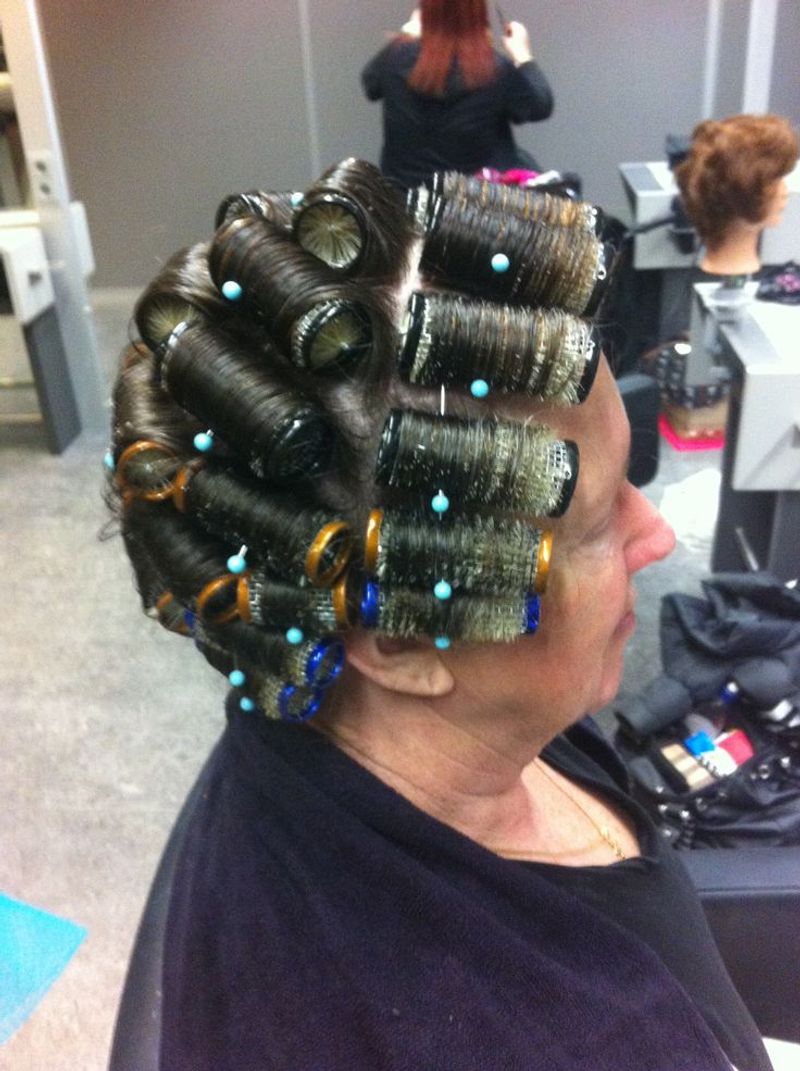
The roller set was a staple in many households during the 1960s. Picture women gathering at salons, chatting animatedly while their hair was set in colorful rollers.
This routine was not just about curling hair; it was a social event. Women would sip tea, share gossip, and relax under the bonnet dryers, waiting for their curls to be perfectly set.
This practice offered more than just beauty; it fostered community and camaraderie. The anticipation of unrolling the curlers to reveal bouncy curls was unmatched. Even today, many reminisce about the joy and anticipation this routine brought.
Pin Curls
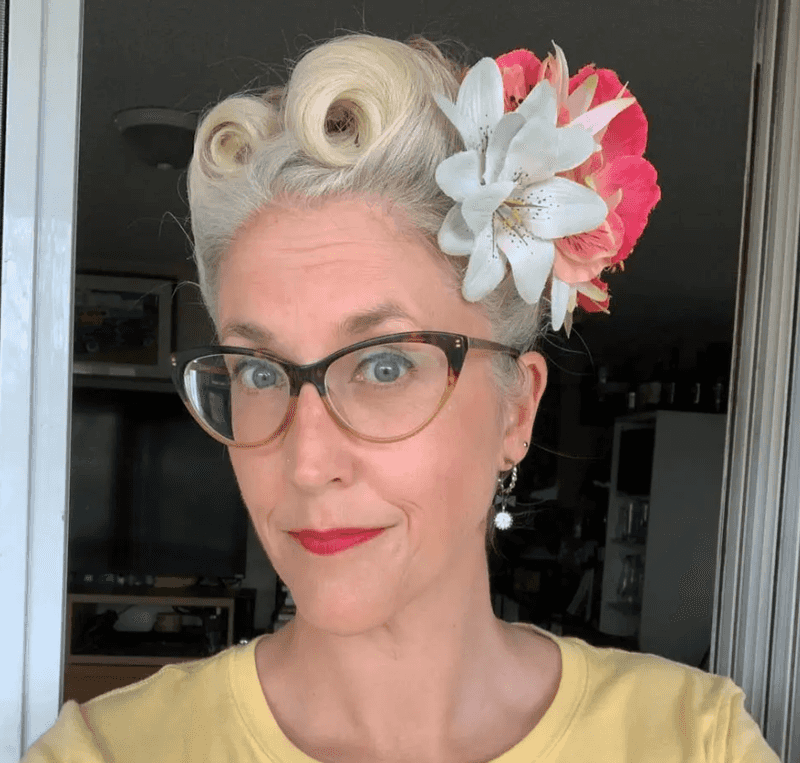
Elegant and simple, pin curls were popular in the 1940s. Women would twist sections of their damp hair into tiny spirals, securing them with bobby pins. This was often done at night, allowing the curls to set while they slept.
The result was soft, romantic curls that exuded sophistication. Many women fondly remember the gentle art of creating pin curls, with each one embodying grace and charm. It’s a method that required patience but offered stunning results.
Today, the nostalgia of pin curls continues to inspire vintage beauty lovers around the world.
Beehive Hairdo

With its towering height and dramatic flair, the beehive hairdo became synonymous with the 1960s fashion scene. This iconic style required teasing hair to create volume, then smoothing it over a cone-shaped form.
Women embraced this bold look, adding height and elegance to their style profiles. A sense of pride accompanied the beehive, symbolizing femininity and strength.
Despite its complexity, many women fondly recall the precision and dedication it took to achieve this eye-catching silhouette. Its legacy continues, inspiring modern adaptations and paying homage to a vibrant era in fashion.
The Bouffant

Glamour and volume defined the bouffant hairstyle of the 1950s. Achieving this look involved backcombing to create lift, then smoothing the top layer for a polished finish.
Women loved the bouffant for its elegance and the way it framed the face beautifully. This hairstyle was a favorite for special occasions, adding a touch of sophistication and grace.
Reflecting on the bouffant brings memories of a time when hair was not just a feature, but a statement. It remains a symbol of classic beauty and enduring style, admired by many today.
Marcel Waves

A hallmark of the 1920s, Marcel waves epitomized the glamour of the Jazz Age. Created with a special heated iron, these waves offered a structured yet flowing look.
Women appreciated the elegance of the Marcel wave, as it provided a sophisticated touch to short and long hair alike. This technique required skill, but the allure of the end result made it worthwhile.
Many women recall the beauty and precision involved in crafting these elegant waves, a testament to the timeless nature of this technique, cherished through generations.
The Flip

The 1960s flip was all about fun and flair. This hairstyle involved curling the ends of the hair outward, creating a playful and vibrant look.
Women loved the ease of the flip, as it added a touch of dynamism to their everyday style. Often accompanied by a headband or ribbon, the flip was both youthful and chic.
For many, this hairstyle evokes fond memories of carefree days and youthful exuberance. Its charm lies in its simplicity, yet its impact was undeniably stylish and confident, leaving a lasting impression.
Pageboy Cut
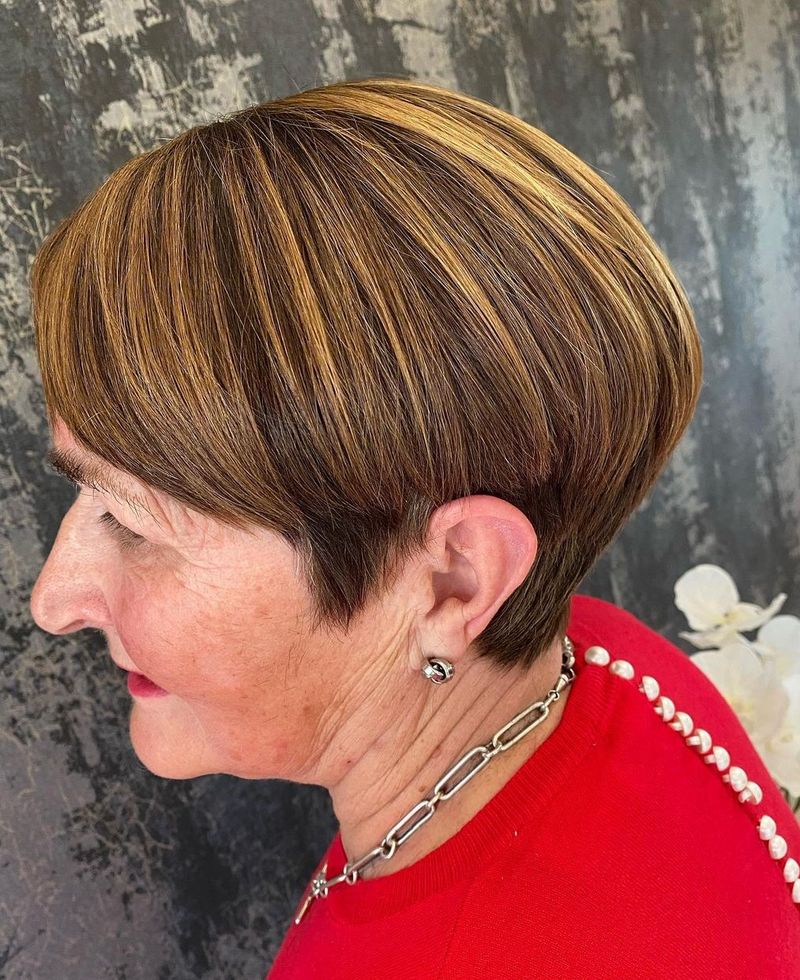
The pageboy cut offered a sleek, manageable style that became popular in the 1950s. Characterized by even lines and a blunt edge, it exuded simplicity and grace.
This hairstyle was particularly favored for its practicality, requiring minimal maintenance while offering a polished look. Women embracing the pageboy cut appreciated its versatility, as it could be dressed up or down with ease.
Looking back, this iconic style brings a sense of nostalgia, representing an era where elegance met functionality, a combination that still resonates with many fashion enthusiasts today.
Victory Rolls

Victory rolls were a bold statement in the 1940s, exuding charm and confidence. This hairstyle involved rolling sections of hair towards the face or upwards, creating a dynamic and striking look.
Women adored this style for its connection to the wartime era, symbolizing strength and resilience. The victory rolls were not only stylish but also a personal expression of empowerment and femininity.
Reminiscing about this era brings to mind images of strong women, gracefully wearing victory rolls with pride. The style remains a beloved classic, celebrated for its timeless allure and historical significance.
Chignon Bun
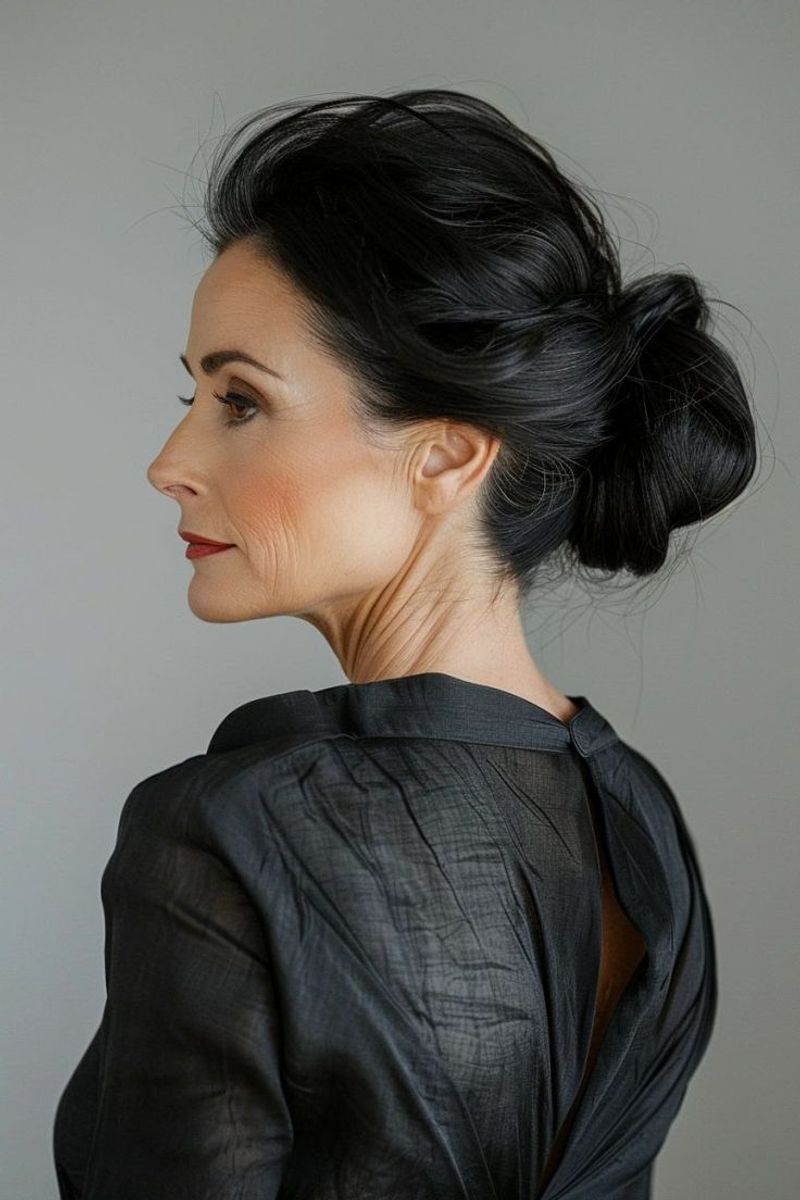
Timeless and sophisticated, the chignon bun has been a favorite for decades. This style involves twisting the hair into a smooth bun, usually positioned at the nape of the neck.
Women favored the chignon for its elegance and flexibility, suitable for both casual and formal settings. It allowed for individual expression, as it could be adorned with accessories to enhance its charm.
Reflecting on the chignon, many appreciate its enduring appeal, symbolizing grace and poise. It’s a classic look that transcends trends, remaining a symbol of timeless beauty and elegance.
Finger Waves

Finger waves created a sensation in the 1920s, reflecting the playful and rebellious spirit of the flapper era. This hairstyle involved sculpting S-shaped waves onto the hair using fingers and a comb.
Women embraced finger waves for their intricate beauty and the sense of liberation they represented during a transformative period in women’s fashion. The waves added a touch of drama and allure to short hair, embodying the essence of the Roaring Twenties.
Today, finger waves continue to captivate, a testament to their unique charm and historical significance in the evolution of modern hairstyles.
Rag Curls

Rag curls were a beloved childhood memory for many women. In the 1930s, mothers would often create these curls by wrapping damp hair around strips of cloth.
This method was gentle on the hair, allowing for soft, natural curls without the need for heat. The process turned into a bonding experience, with generations passing down the technique through family traditions.
The simplicity and warmth associated with rag curls evoke cherished memories of home and family, making it a nostalgic practice that still holds a special place in the hearts of many.
The Pompadour

Embracing height and volume, the pompadour became a significant trend in the 1950s. Linked to the rock and roll culture, this style involved brushing hair upward and back to create a voluminous effect.
Women admired the pompadour for its boldness and connection to the rebellious spirit of the era. It symbolized a departure from traditional norms, allowing for creative self-expression through hairstyling.
Remembering the pompadour brings vibrant images of music and dance, a style that continues to inspire modern interpretations, celebrating its lasting impact on fashion and culture.
The Shag Cut

The shag cut burst onto the scene in the 1970s, offering an edgy, layered look that captured the spirit of rebellion. Characterized by its choppy layers and textured ends, it defied conventional beauty standards.
Women embraced the shag for its carefree, rock and roll vibe, symbolizing a departure from structured styles. The effortless cool of the shag captured the imagination of many, becoming a staple for those seeking individuality and flair.
Reflecting on this era, the shag cut evokes a sense of freedom, with its enduring appeal still resonating in contemporary hairstyling trends.
The Pixie Cut
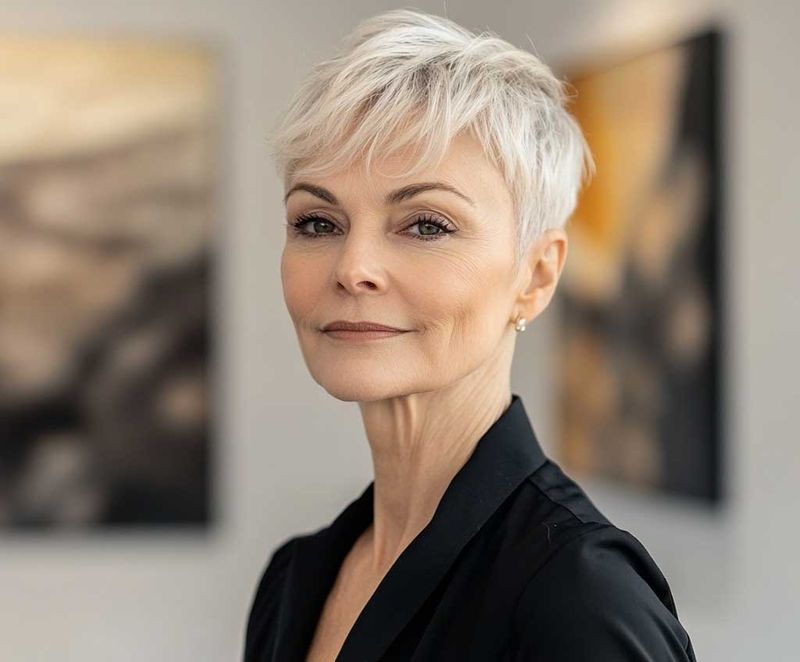
The pixie cut made waves in the 1960s, challenging traditional notions of femininity with its bold, short style. Women who embraced the pixie were seen as daring and fashion-forward, willing to experiment with their look.
This cut offered a refreshing change from longer styles, highlighting facial features and exuding confidence. The pixie became a symbol of empowerment, reflecting a shift towards more progressive ideals in fashion.
Revisiting the pixie cut, many appreciate its boldness and timelessness, a style that continues to encourage individuality and confidence among women of all ages.
The Bob Cut
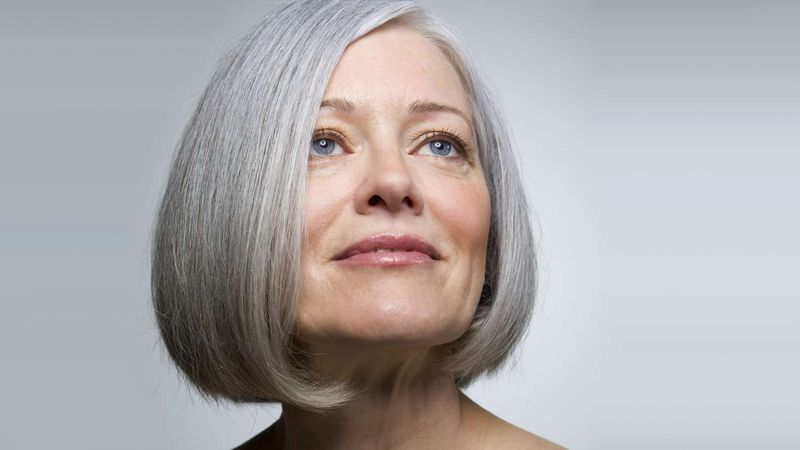
The bob cut, with its sleek and structured lines, became an iconic style in the 1920s. It represented a break from tradition, symbolizing women’s growing independence and liberation.
Women adored the bob for its chic simplicity and the way it accentuated their facial features. The cut was both modern and sophisticated, offering a versatile look for various occasions.
Many look back on the bob cut with fondness, as it marked a significant shift in societal norms and fashion trends. Its enduring popularity reflects the timeless appeal of this elegant and empowering hairstyle.
The Afro
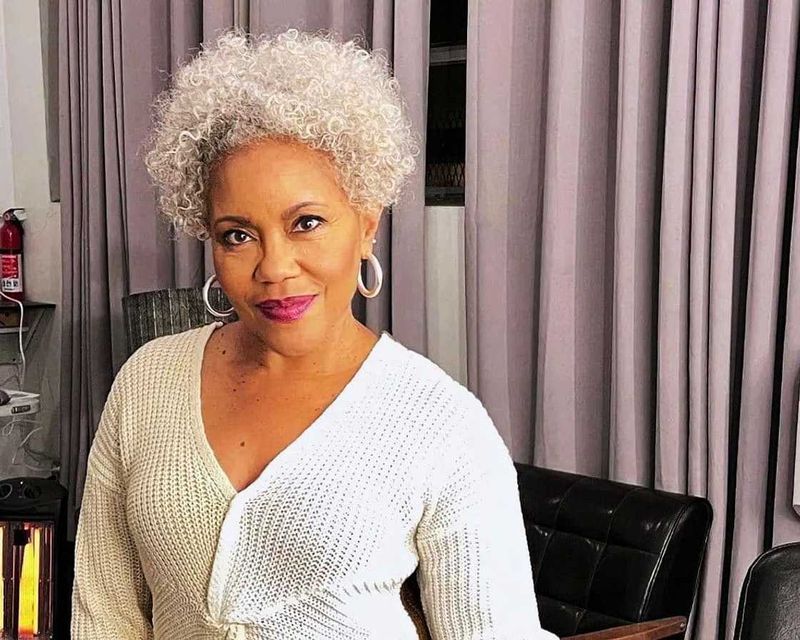
The Afro emerged as a powerful cultural statement in the 1960s, symbolizing pride and identity. Women embraced their natural curls, letting them grow into a voluminous crown, challenging societal standards of beauty.
The Afro was more than a hairstyle; it was a declaration of self-respect and freedom. Women proudly wore their hair natural, celebrating their heritage and gaining confidence in their unique beauty.
Remembering the Afro evokes images of empowerment and unity, a style that continues to inspire and influence modern perceptions of beauty and cultural expression.
The Ducktail

The ducktail hairstyle, also known as the “DA,” rose to prominence in the 1950s. This style involved slicking back the sides of the hair and creating a peak at the back, resembling a duck’s tail.
Women and men alike admired the ducktail for its sleek, rebellious look, often associated with youthful defiance and rock and roll. It became a favorite among teenagers, embodying a sense of boldness and attitude.
Reflecting on the ducktail brings a sense of nostalgia for a time of change and rebellion, its influence still seen in various modern styles and subcultures.
The Top Knot
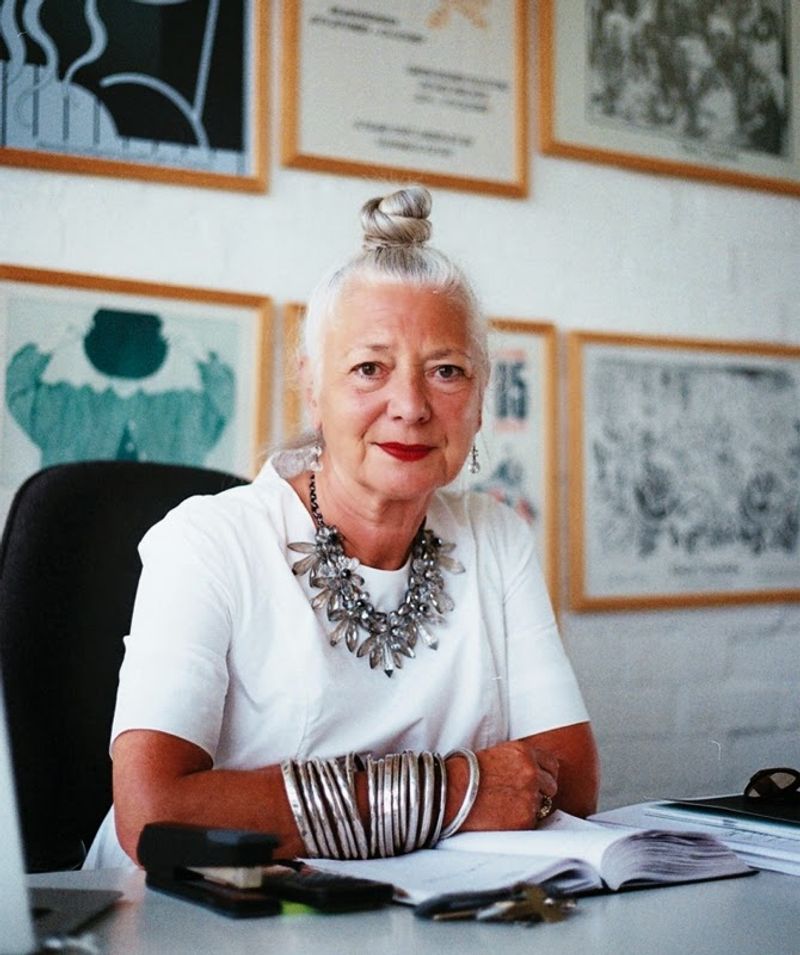
The top knot has been a timeless favorite, offering a chic and practical solution for managing long hair. This style involves gathering hair into a high bun on top of the head, perfect for both casual and formal settings.
Women appreciate the top knot for its simplicity and elegance, allowing them to effortlessly transition from day to night. The style exudes confidence and ease, making it a modern classic with roots in historical traditions.
Today’s top knot continues to evolve, reflecting a blend of cultural influences and personal expression, a testament to its lasting appeal and versatility.
The Gibson Tuck
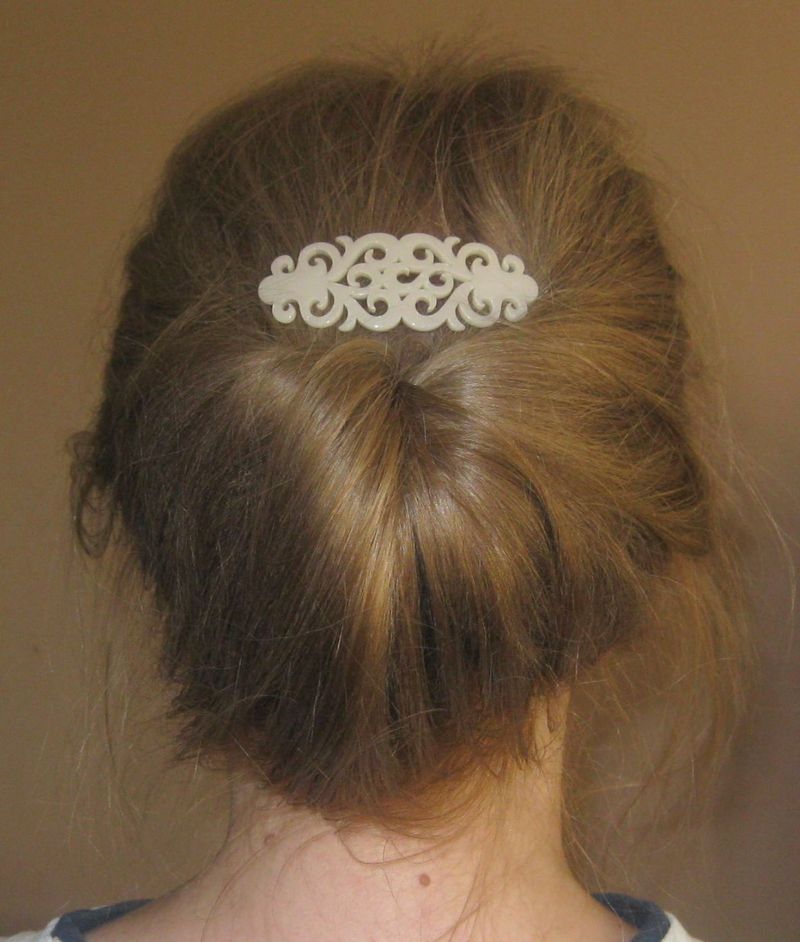
The Gibson tuck, a style that exudes elegance, was popular in the early 1900s. Women would roll their hair under at the nape, creating a soft, voluminous look.
This hairstyle was favored for its grace and sophistication, often worn during formal occasions. Its simplicity belied a refined beauty, making it a timeless choice for women who valued classic elegance.
Looking back on the Gibson tuck evokes a sense of vintage charm, a nod to an era where poise and refinement were celebrated. Its enduring appeal continues to inspire those seeking a touch of historical sophistication.
